On the Eve of Ecological Boom: Is AI Imaging Becoming the 'Wealth Code' for Workers?
-
A low-threshold 'wealth code' for workers in the content industry is unveiling its mystery.
AI, seemingly the 'natural enemy' of content creators, is actually a good partner for the future. However, many people have not yet realized this and are even resisting it.
For example, during the 118-day Hollywood strike, the impact of AI on the entertainment industry was a key topic of discussion.
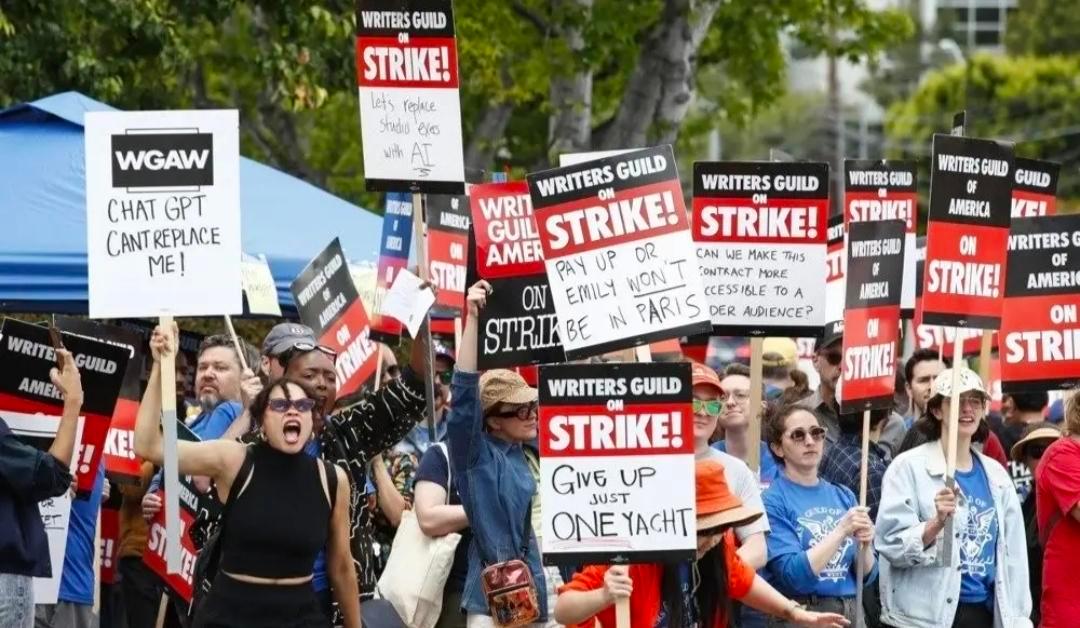
In the discussions of the new labor agreement, the issue of how to use AI was negotiated until the last minute. The overseas media Wired pointed out that self-made AI-generated videos are not yet of movie quality, but the opportunity to achieve this is coming soon. "One day, it might be easier for ordinary people to create knockoff TV shows than to wait for studios or streaming platforms to produce them."
Although most advanced AI tools are produced by overseas tech companies, industry insiders reveal that "overseas film companies are not moving as fast as domestic ones in adopting AI."
In China, AI-generated imagery has quietly grown into an emerging industry.
Taking the film industry as an example, film festival pitch sessions are a suitable and necessary application scenario for AI-generated short films. In these sessions, most sample films only need to serve as "illustrations," requiring neither high precision nor finished quality—just enough to convey the creator's vision. AI-generated sample films can significantly reduce the cost of such "illustrations."
At the recently concluded FIRST Surprise Lab in late October, FIRST organized an AI short film production workshop for creators. After just two to three hours of sharing, some creators independently produced AI short films, thereby gaining opportunities to present their visual aesthetics to investors and judges. This initiative has positioned itself at the forefront of domestic film festival investment and, to some extent, has helped address a long-standing pain point for young creators.
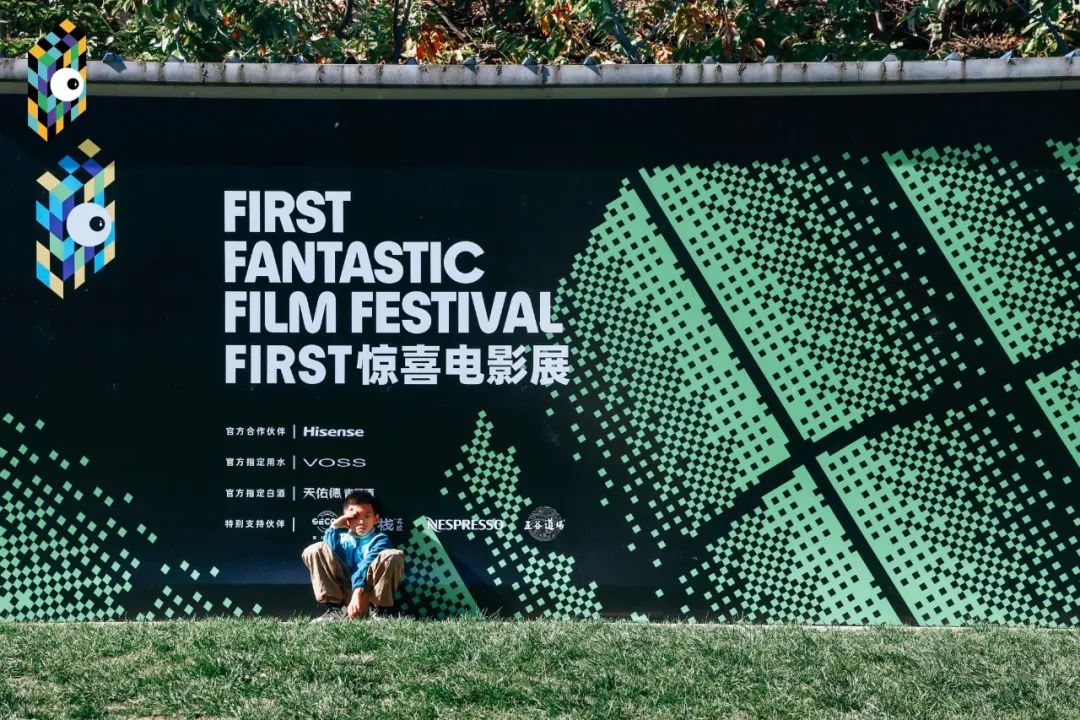
Beyond film festivals, the applications of AI short films extend far beyond mere "illustrations"—they have already permeated the daily lives of ordinary people. Some everyday advertising shorts may be AI-generated visuals. Creating these AI visuals for advertisers is becoming an emerging profession. Early adopters in this field can earn tens of thousands of yuan in returns for just a day's work on an AI short film.
What will AI bring, what are the current challenges, and how can content creators seize the opportunities? Toxic Eye (id:DomoreDumou) interviewed a group of AI and content professionals to uncover the true state of AI-driven creative ecosystems.
Film is an audiovisual art, but the dimensions that can be evaluated in pitch sessions are often limited to text. Finding a convenient way to showcase a director's visual capabilities to investors is one of the pressing pain points in film pitching.
Before AI tools emerged, creators had two main methods for producing sample films. The first was shooting short films, but the costs were high, making it impractical for young creators. Although major domestic film festivals and pitching events have gradually begun offering sample film production opportunities, the total funding is limited and rarely covers every participant.
The second method involved editing clips from classic films into sample reels. This approach was more affordable, but since different films have distinct styles, the resulting samples often lacked cohesion and quality.
At this year's Golden Rooster Film Project Promotion Conference, director Guo Fan, serving as the chief judge, remarked, 'Even well-edited clips from classic films can be misleading—what we see in the final product might be entirely different. I hope future creators will move away from relying solely on editing. It's better to find ways to shoot your own material, even if it's just a storyboard or filmed with a phone. What matters is genuinely conveying our ideas.'
AI has become that convenient tool for 'expressing ideas.'
In the FIRST training workshop, Song Donghuan, founder of the 'Story Relay' team, chose to teach using a combination of Midjourney and Runway. These tools are incredibly user-friendly. Midjourney is a text-to-image generation software, while Runway introduced a new feature in July that allows users to generate videos directly from text, images, or descriptions of text and images.
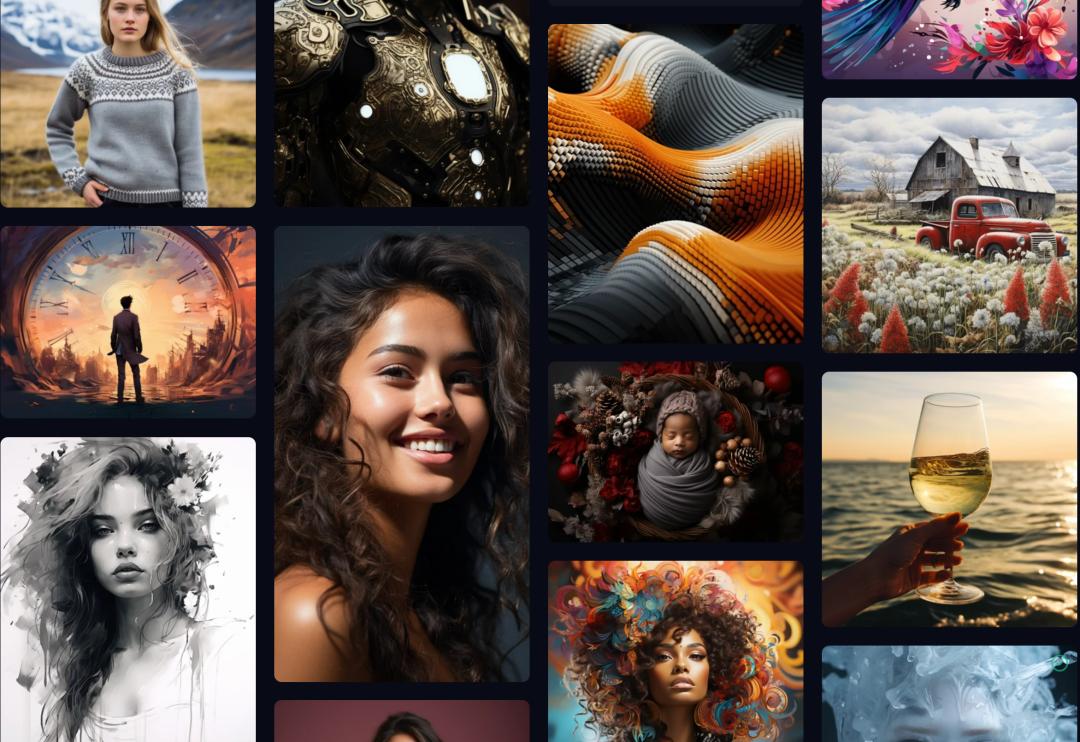
Midjourney官网社区的用户作品
After attending the sharing session, Li Tang, the director and screenwriter of 'Faceless', spent three to four days researching and produced an AI short film that impressed the judges. Although it falls under the suspense genre, 'Faceless' incorporates numerous elements of folk culture, with the protagonist constantly under a sense of being watched and enveloped—a feeling difficult to convey through words alone. AI provided the opportunity to visualize this sensation.
Before discovering AI tools, presenting the world of the 'Faceless' script through a visual sample was a 'painful challenge' for him. 'I had considered shooting a live-action sample before, but the cost was prohibitively high. I also tried editing示意样片 from other films, but they weren't accurate, and I had to explain to investors which parts to ignore. With AI, it's now possible to achieve相对精准一点了,' he told DuMou.
Compared to live-action shoots, AI-generated samples cannot capture the nuances of actors' performances, which Li Tang considers a significant drawback for creative investment samples. However, for reference in terms of texture and atmosphere, he believes AI-generated影像 have reached 60-70% of the quality of live-action samples.
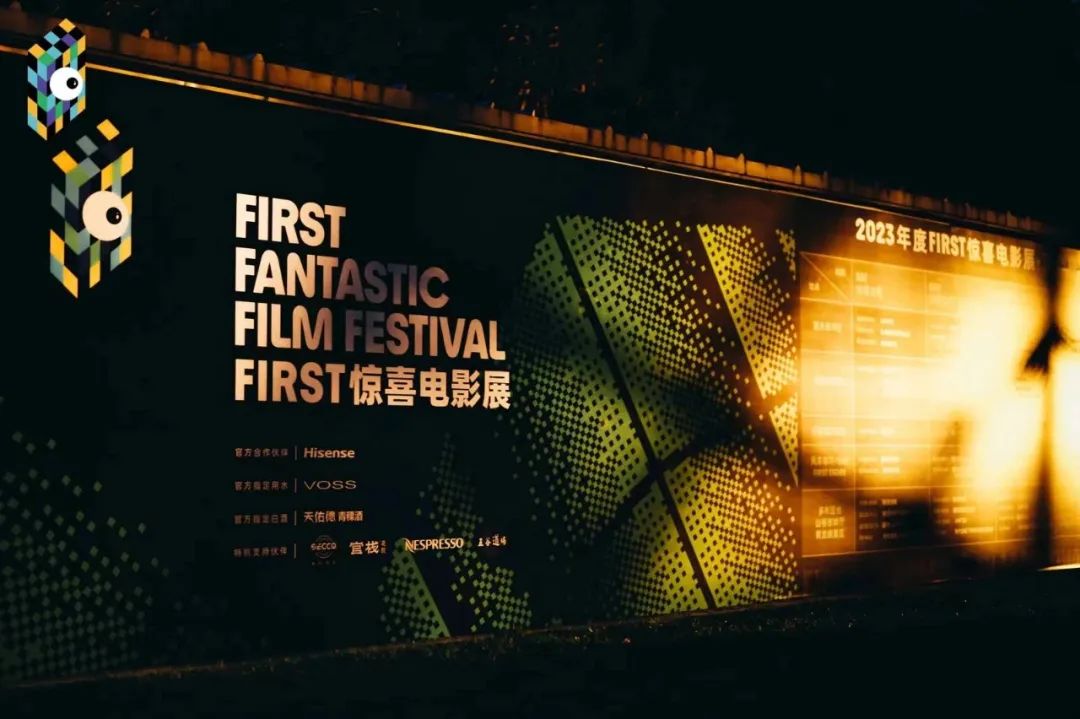
The value of "illustration" is not only helpful in venture capital for communication between investors and creators but also aids in communication among various departments in film production. Li Tang mentioned, "For example, in the early stages of a project, when I discuss with all departments about the kind of feeling I want, in the past, I could only use words to describe it, and only those who have worked with me many times could fully understand what I wanted. But now, using AI to create an illustration makes it very intuitive, saving a lot of communication costs."
However, as for directly applying AI-generated images to film-grade works, in Li Tang's view, their precision is still far from sufficient.
Is AI's potential limited to "illustration"? In Song Donghuan's opinion, this is not the case. With relatively more complex tool combinations, AI also has the ability to directly generate high-precision finished films.
He mentioned, "For instance, in terms of image precision, using Midjourney + Runway can only generate illustrative-level visuals. However, by incorporating more tools into the production pipeline for further optimization, such as Stable Diffusion (an open-source AI image generation tool), I can use it to generate frames one by one, and it can ultimately achieve 8K quality without any issues."
In live-action films, Song Donghuan believes that the core value of AI currently lies in helping to address content that is inconvenient to shoot in real life. For example, a young actor's face, or scenes that are difficult to shoot, such as the Forbidden City, the Old Summer Palace, snow-capped mountains, tropical rainforests, etc. As long as a certain number of photos are provided as references to the AI, it can use 3D technologies like NERF (Neural Radiance Fields) to reconstruct the entire space.
The more significant substitution effect is evident in animated films.
"Currently, animated films, following their existing production processes, generally cost tens of millions to hundreds of millions. However, if AI is used to replace part of the intermediate processes, such as creating a 2D animation, the cost could immediately drop to at least one-tenth of the original, possibly even one-hundredth," Song Donghuan stated.
In July this year, startup Fable demonstrated that by simply inputting text, AI could autonomously produce an episode of 'South Park,' completing the entire production process—including scriptwriting, animation, direction, voice acting, and editing—without human intervention.
After viewing the AI-generated animation, Huang Guoxian, founder of Jin'ang Interactive, commented, "'South Park' is a relatively simple animation style, so the visual quality of the AI-produced version doesn't significantly differ from the original. However, the storyline lacks creativity."
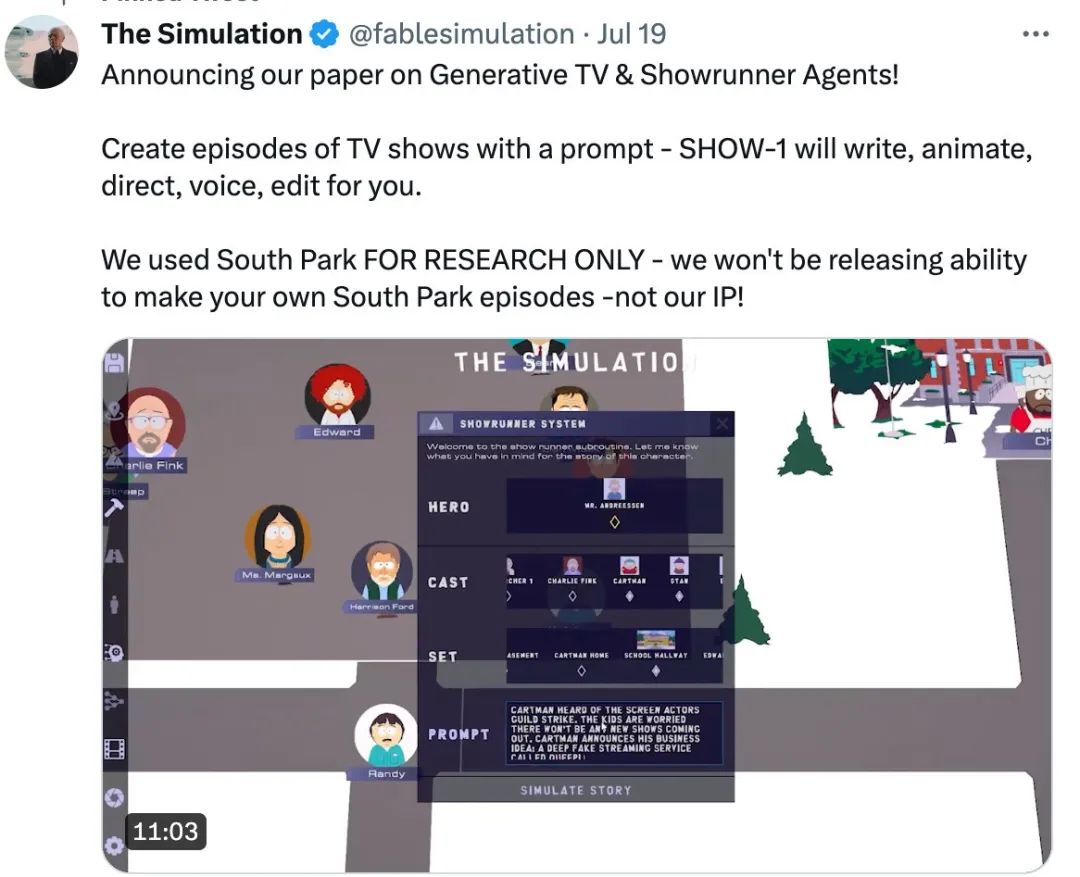
This observation highlights what Huang identifies as the primary limitation of current AI-generated video: while visual quality continues to improve, creative work remains deficient. He suggests this may stem from AI's fundamental logic: "AI operates through deep learning-based deduction, with each step outputting results based on prior training. Creative work, however, strives to avoid simply replicating past outcomes, emphasizing innovation and distinctiveness. This is why AI progresses more slowly in this area."
Creating a short film entirely through AI processes is not particularly difficult, but producing feature-length films exceeding 10 minutes presents exponentially greater challenges. Currently, there are extremely few outstanding AI-generated films of this duration globally.
According to Song Donghuan's perspective, there are three main reasons for the difficulty in producing AI feature-length films.
The first is team composition. Practitioners need backgrounds in both animation and live-action filming. If actor performances are involved, the team structure becomes even more complex. "This introduces issues of scale management, making it significantly more complicated than creating AI short films which can be done by a single individual."
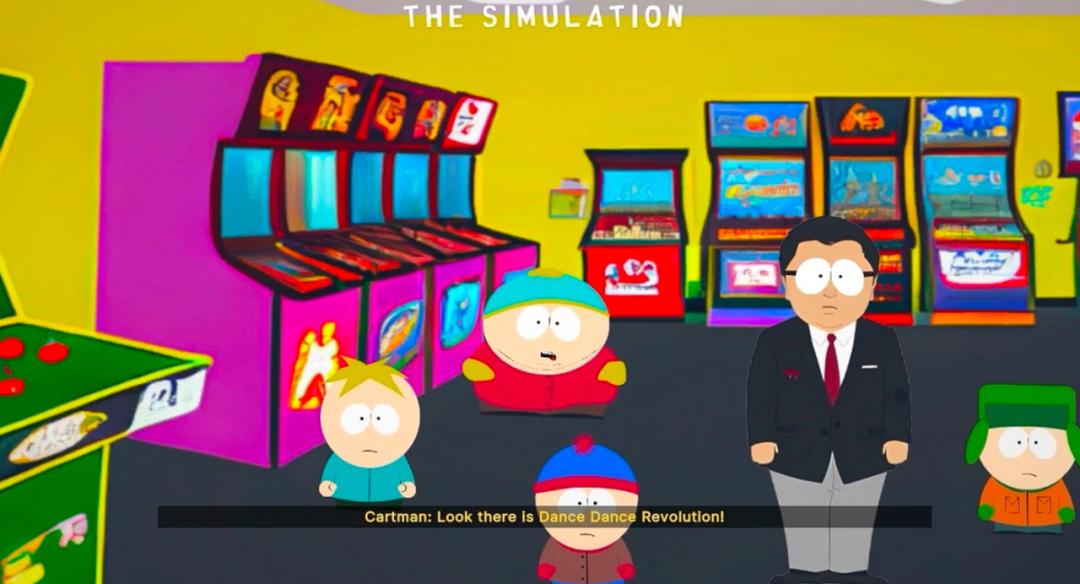
AI-made 'South Park'
The second issue is the script. In the current industry climate, few are willing to test AI production with high-quality content. However, the paradox lies in the fact that if it's not good enough, no investors will be willing to fund it or assemble a mature team for it, and the final product won't turn out well.
The most critical aspect is technical standards. In the past, films were shot on celluloid, which later transitioned to digital cameras. Behind this technological shift was an entire update of technical standards, akin to the process from traditional to simplified Chinese characters—streamlining previously complex production workflows into simpler ones. Currently, AI-generated imagery lacks standardized processes, leading to potential miscommunication among various roles in production, as they may not operate within the same framework.
Beyond these objective factors, conceptual differences also pose significant constraints.
From interactions with professionals over the past six months, Song Donghuan of the 'Story Relay' team noticed their primary interest lies in immediately deployable assets. "For instance, face-swapping techniques or digital avatar tools like Wonder Studio – these AI-enabled assets are easy to implement. But when I mention how AI could reduce a project's production costs to 10% of original budgets or eliminate expensive above-the-line costs (actor fees), many professionals lose interest due to their entrenched positions."
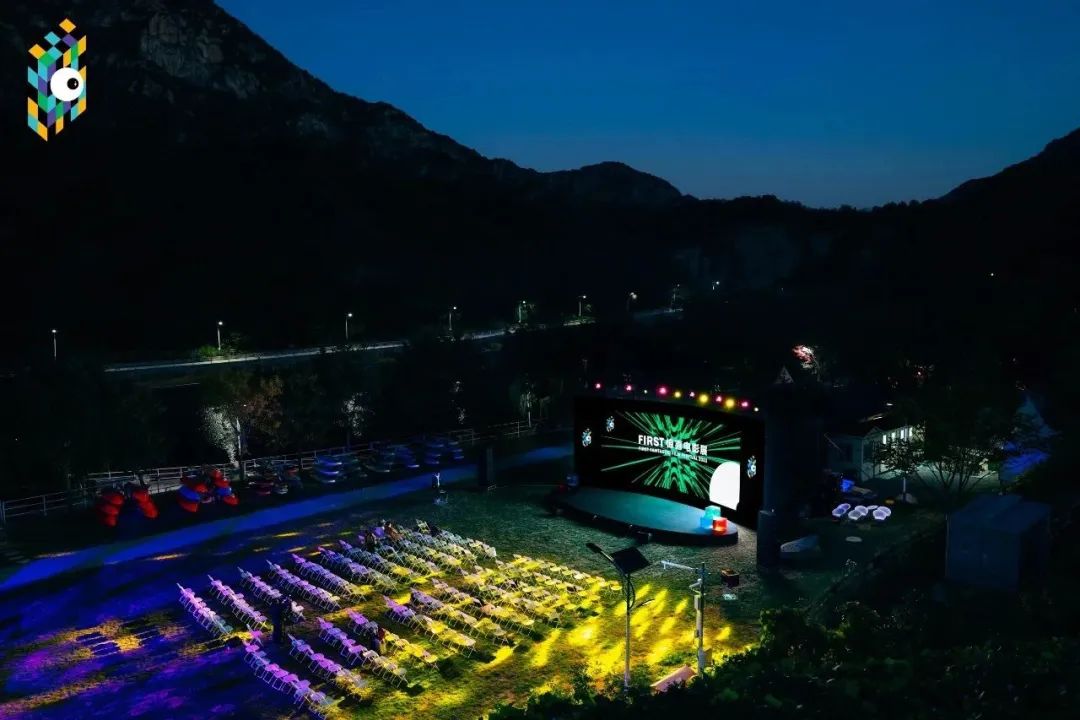
This resistance stems from the film industry's inertia – professionals aren't eager to revolutionize their own field. Particularly among 'artists' accustomed to traditional creative processes, there's often a cautious but superficial attitude toward technological incursions into artistic domains, resulting in sluggish adoption of transformative technologies.
Although Song Donghuan originally came from a screenwriting background, his university studies in engineering led him to quickly dive into researching AI when he recognized its potential for transformation. "Actually, we interact with film directors the most," he said. "But established directors might not be as willing to take risks. On the other hand, those without 'idol baggage' are more eager to experiment with AI short films. The more they create, the better they get, and their work keeps improving."
Of course, shifts in mindset often require proven success to drive change. Huang Guoxian drew a parallel to the early days of the special effects industry twenty years ago. "Back then, no one knew how realistic special effects could be or how the public would react. It wasn't until Hollywood released a series of blockbusters with groundbreaking effects that people began to understand what could be achieved in films."
Still, there will always be pioneers. When the first outstanding AI feature film emerges and its team shares their success, industry standards will gradually take shape, and perceptions will shift due to its impact. However, until that first case appears, hesitant professionals can only wait.
Beyond film and artistic creation, AI short films already have extensive real-world applications, integrating into various creative industries.
According to Song Donghuan, participants in the "Story Relay" program include an interior designer who uses AI short films to present design concepts to clients, an online novelist who creates AI trailers for unfinished works to attract readers, and a script murder game store owner who leverages AI to produce immersive atmosphere videos and plot teasers, aligning with the industry's trend toward experiential entertainment.
The application scenarios are already diverse, yet the skills required are not universally mastered across industries. This gap has given rise to a new profession—individuals who assist various clients in producing AI-generated short films.
Compared to traditional live-action short films, the cost of AI-generated visuals is significantly lower. "Using Runway Gen2, the direct computational cost is 18 RMB per minute. However, like basic tools such as paper and pen, future cost differences will increasingly reflect the varying expertise of individuals," Song Donghuan explained.
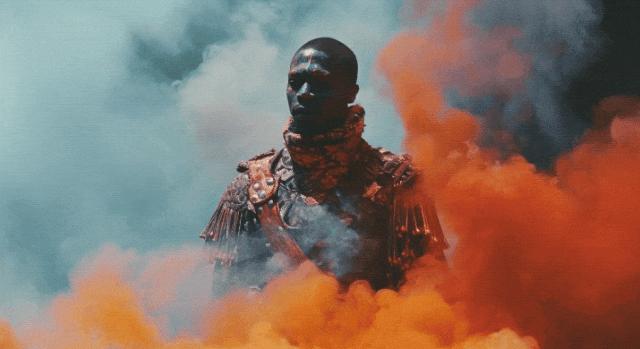
An AI short film made with Runway
And the rewards it can bring are substantial.
According to Song Donghuan's research, the quotes for AI short film directors vary greatly, "ranging from two to three thousand yuan per minute to fifty thousand yuan per minute, while a 15-second advertisement can be quoted at two to three thousand yuan per second; but as commercial advertisements, these prices can obtain finished products and are within a reasonable range."
The problem is obvious. Compared to those long-established roles in the film and television industry, the pricing standards are chaotic. How much should an AI-generated short film be quoted? The psychological expectations of each client and service provider are different, and there is no sufficiently transparent channel for price comparison.
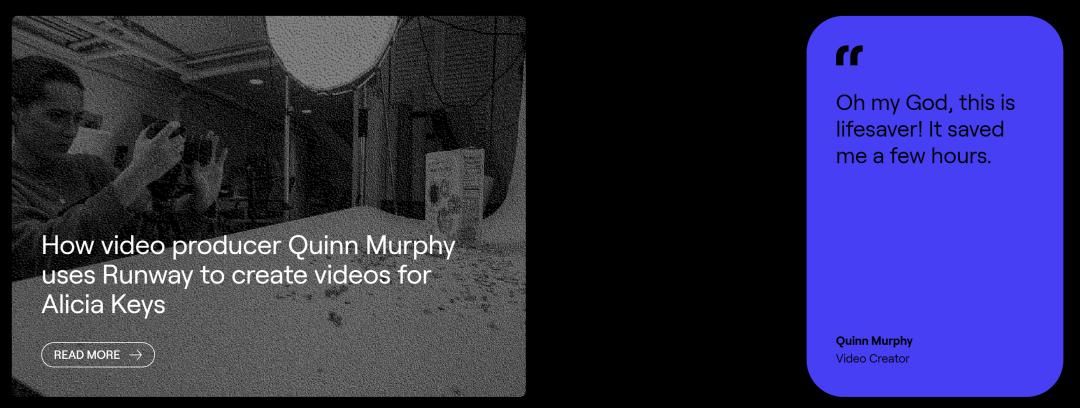
"User Stories" displayed on Runway's official website
"There is no clear supply-demand relationship in this field yet, and everyone is still exploring. Sometimes demand and supply sides can't find each other, but more often than not, the client's expectations are too high while the budget is too low," said Song Donghuan.
The varying quotes reflect the different value assessment standards people from various industries have for AI-generated imagery.
Xue Shanwu, who previously worked as a storyboard director and visual effects supervisor, told DuMou that some of his friends initially used AI for commercial projects without the clients' knowledge, charging the same rates as traditional production processes. "Some clients specifically request AI-generated work, which tends to be priced lower," he said.
In the mindset of some clients Xue has encountered, pricing is often tied to the time spent by the creator, assuming that faster output should justify lower costs. However, Xue believes that the aesthetic sense, creativity, and experience of the creator are the core values that determine the quality of the final product, and these should be the basis for pricing.
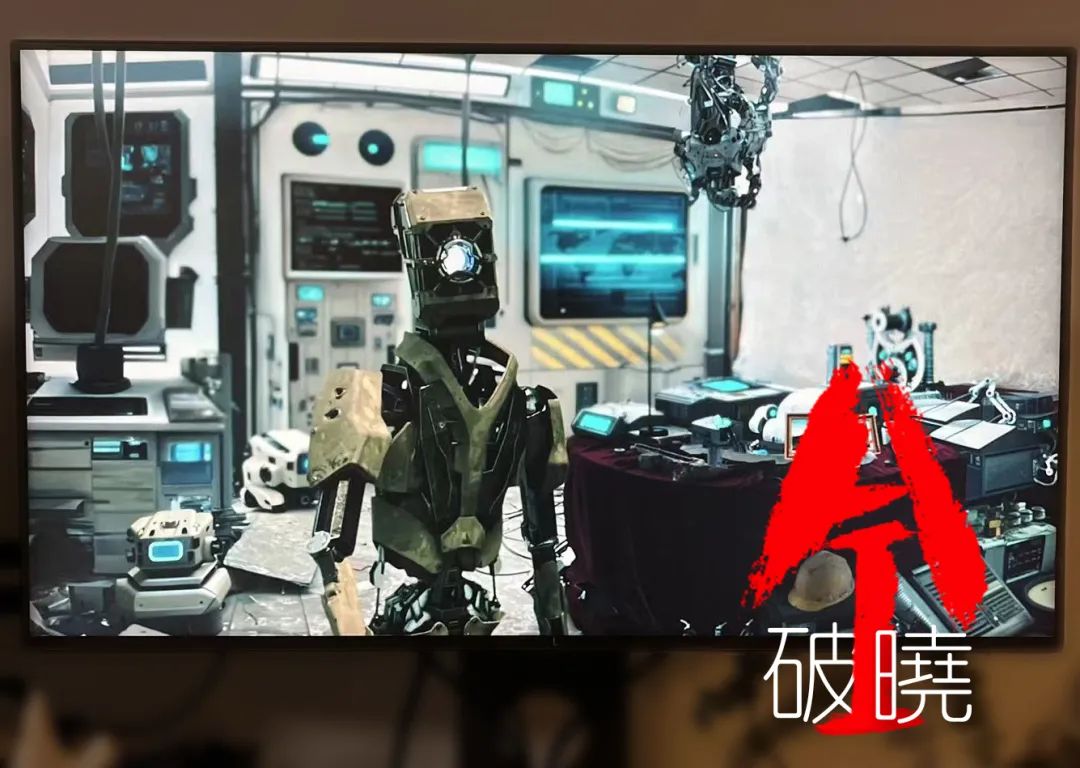
Currently, Xue Shanwu takes on commercial projects that combine AI with traditional special effects to create short films and advertisements. However, commercial work is not his ultimate goal. He aspires to use AI tools to produce more science fiction films and television shows, and plans to make "AI director" the main focus of his career.
"I believe the trend in AI development is that, because it can improve efficiency in many aspects of the production process, there will be more time for creative thinking. As a result, the traditional factory-style production model will become less common, and small teams of three or four people will become more prevalent," he said.
As for advertising director BING, the use of AI tools is more about assisting existing work, and he does not intend to make AI short film creation his main focus in the future. "I've tried using AI for the entire production process before, but I found that when I imported images of client products, they often became distorted. So, in the end, I still had to use Photoshop at one step, which means it wasn't a fully AI-driven process. The same goes for voiceovers—it's impossible to rely solely on AI-generated voices," BING explained.
In BING's view, for the mass-produced videos created by MCNs on short video platforms, AI-generated imagery can help free up productivity. However, for advertisements requiring customized services, AI can only serve as an auxiliary tool, and manual adjustments remain necessary.
Different individuals have varying levels of commitment to this 'emerging profession,' but the immediate priority is to establish an open creator platform. Whether for clients or service providers, transparent pricing and eliminating industry information gaps are essential for fostering healthy industry development and fair competition.
The advent of AI has significantly lowered the technical barriers to video production, enabling ordinary people to potentially earn income by creating videos with AI. However, there remains a qualitative difference in the output quality between individuals.
Several practitioners have noted to DuMou that those with prior experience or educational backgrounds in the film industry generally produce higher-quality AI-generated videos.
But this isn't absolute, as AI tools essentially test the creator's imagination and their ability to articulate it. Song Donghuan, for example, explains, 'Taking the currently popular MBTI personality test as an example, we've found that N-types—or those with a stronger sense of belief and imagination—tend to be more adept at creating AI-generated videos.'
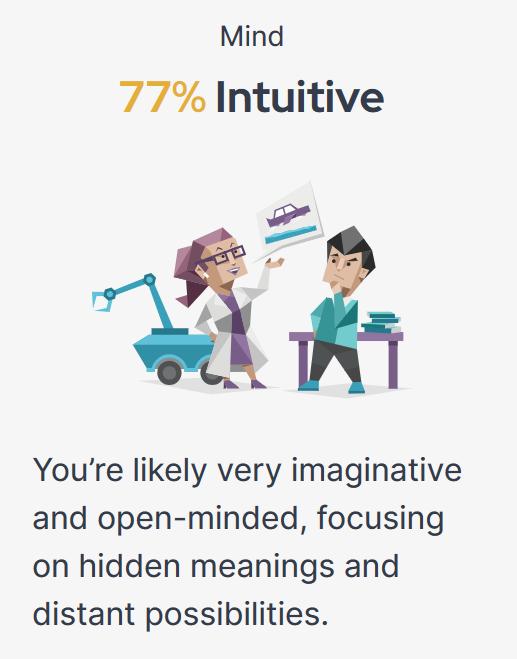
对于国内的创作者来说,一个更隐秘的门槛在于,精细化地使用AI需要创作者具备一定的英语水平。原因在于,目前较为先进的AI影像生成软件都是国外开发的,它对中文资料库的学习量相对较少,所以它生成内容的逻辑,是不符合国内本土用户的使用习惯的,"包括它生成的影像内容,你想要很中式的元素,现在还完全不够精准,比较适合幻想类的或者有国际视野的内容。"BING表示。
However, in Huang Guoxian's view, language barriers will gradually diminish over a few months or a year. "Because language conversion is highly mechanical, there are already accurate and convenient translation tools available. The key lies in the input content—how to vividly describe a scene and precisely convey it to the AI system to produce the desired image or video. This actually requires the 'engineers' operating the AI to possess exceptional imagination, associative abilities, and the skill to use text as a descriptive tool."
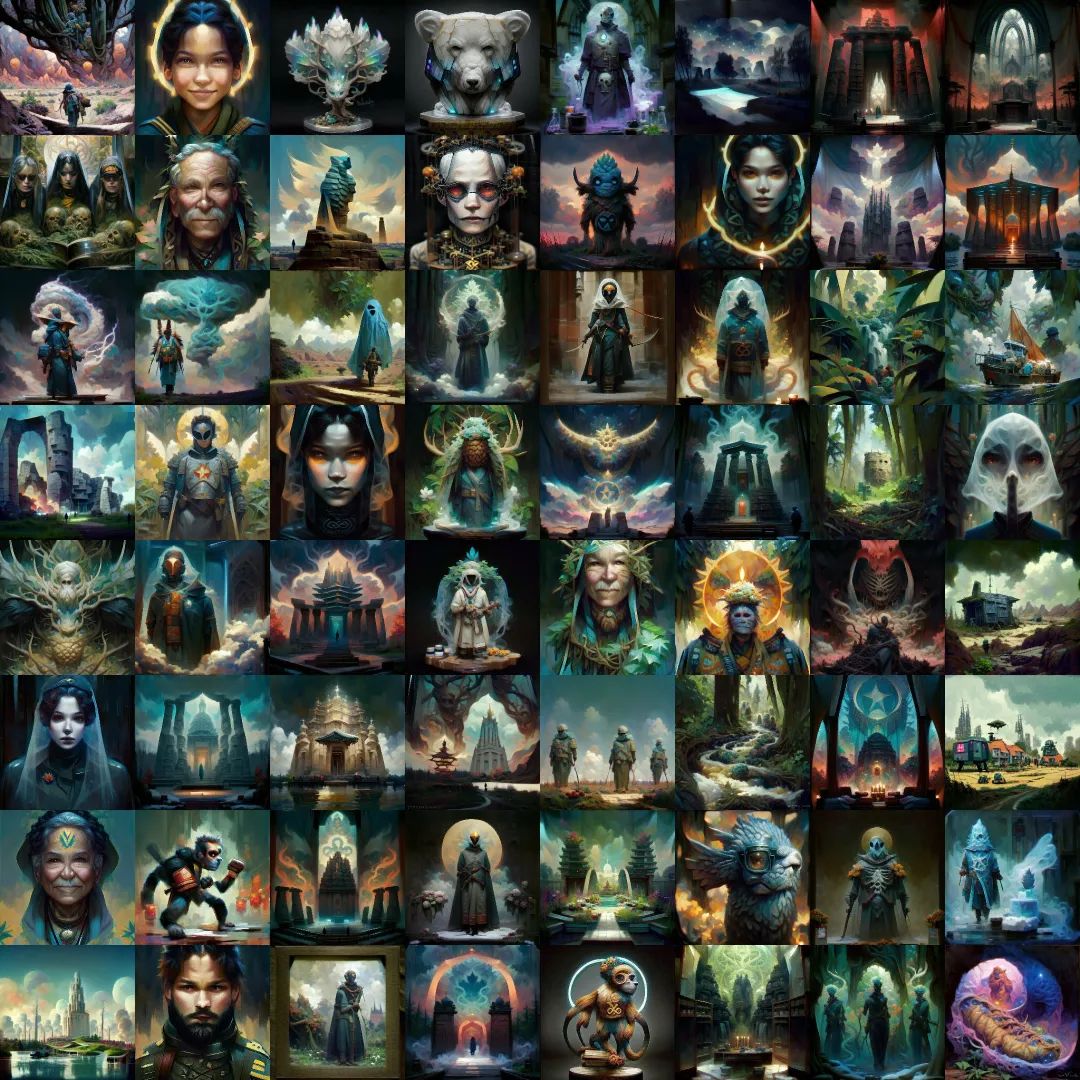
A fantasy-style image created using Midjourney
A more widespread concern is: Are there no copyright issues when AI-generated content is directly used for commercial purposes?
Waiting for the improvement of specific laws and regulations is one aspect, but the more realistic issue is that even with legal provisions, discovering and determining whether a work is generated by AI is actually very difficult. Especially with the rapid advancement of AI technology, this difficulty only increases.
ChatGPT's parent company, OpenAI, launched an AI text classifier earlier this year to assist in distinguishing whether text was written by humans or AI. However, it was taken offline just a few months after its release because it couldn't even identify its own generated content.
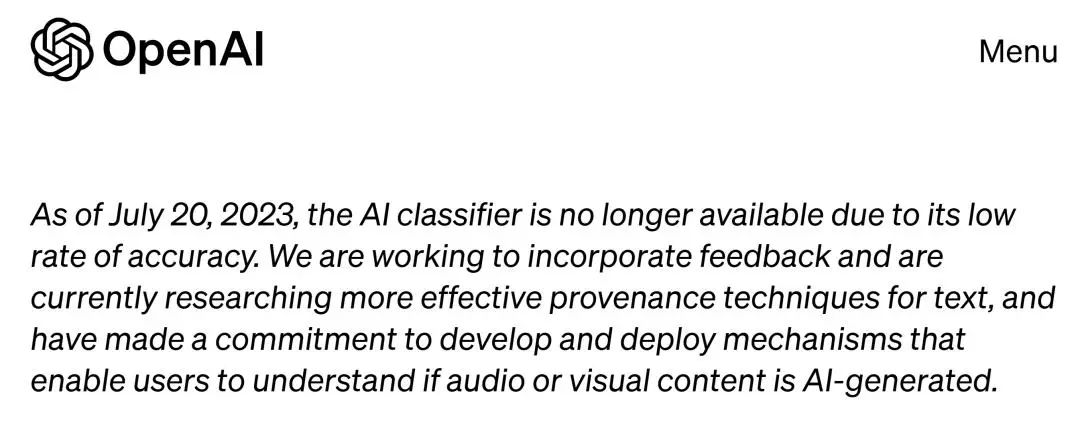
Fran Drescher, president of the Screen Actors Guild-American Federation of Television and Radio Artists (SAG-AFTRA), which led the Hollywood strike, stated at a press conference, "In the world of artificial intelligence, three months is equivalent to a year."
If this trend continues, the potential abuse of AI-generated content in the future can only be regulated under the premise of improved laws and regulations, relying on reports with substantial evidence—essentially a "no complaint, no investigation" approach. The agreements currently reached by Hollywood unions are also maintained in this manner.
Indistinguishable AI-generated visuals will inevitably permeate daily media on a large scale. According to Song Donghuan's judgment, within two years, 50% of the content circulating in the market will involve deep AI participation. "The total volume of AI-generated content will also skyrocket compared to now. I believe that in the foreseeable future, almost no content creation will be completely free from AIGC."
By then, the "professional players" in the current film and television industry who think of starting to run may already find themselves left far behind.
